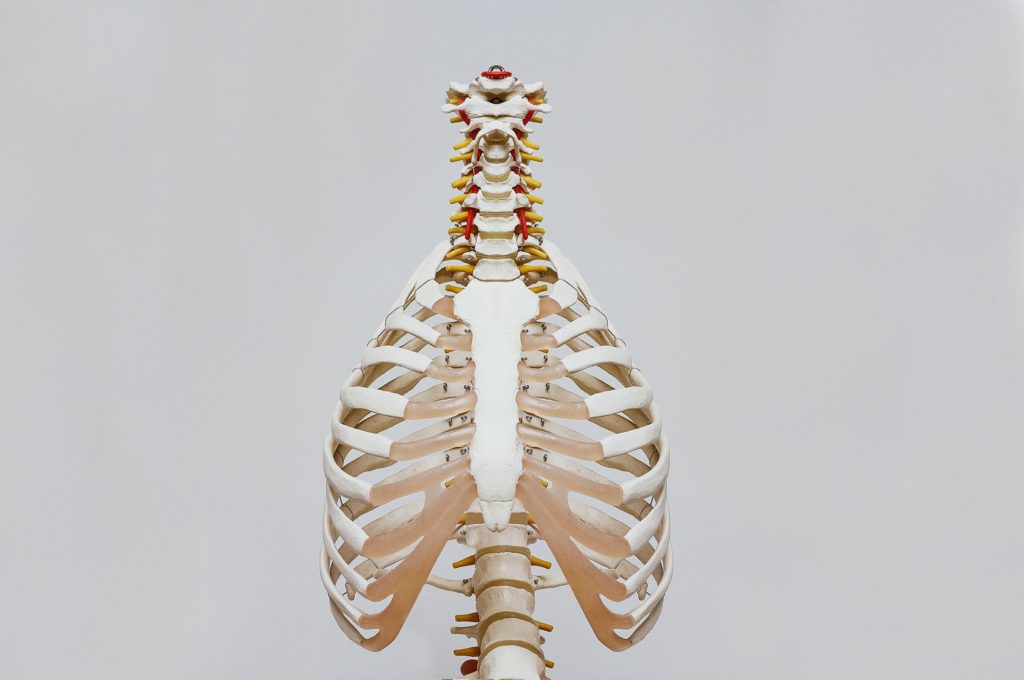
World COPD Day 2022 is Wednesday November 16th! The purpose of this two part series on lung disease is to raise the level of awareness for the prevention and treatment of this disease.
Chronic obstructive pulmonary disease (COPD) has become the fourth leading cause of death and is one of the only major chronic diseases which has seen an increase in mortality rates. COPD includes emphysema, chronic bronchitis and asthma.
Patients with COPD suffer from progressive shortness of breath, cough, wheeze, and sputum production. Most patients with emphysema have been cigarette smokers.
Patients with emphysema develop obstruction to airflow as a result of narrowing of bronchial tubes due to excess mucous, smooth muscle constriction, and destruction of lung tissue. Eventually, the lungs become over distended, which leads to overexpansion of the chest itself. This process leads to the so-called ''barrel chest'' appearance of patients with advanced COPD.
The most common symptom of COPD is shortness of breath. Initially the patient complains of shortness of breath only with exertion, but symptoms progress over time to include difficulty breathing, even at rest. Eventually the disease worsens to the point that oxygen is required and the patient may become severely disabled.
Treatment of COPD starts with smoking cessation, and, when symptomatic, patients are started on inhaled bronchodilator medications. Some of these medications include albuterol, ipratropium, titotropium, and inhaled steroids. Long-acting bronchodilators such as formoterol or salmeterol and theophylline medications may be added. Oxygen is added when the patient's own oxygen level falls to a certain point. In fact, oxygen is the only therapy that has been shown to prolong the life of patients with COPD.
Over time, patients with COPD decrease their level of activity due to the sensation of shortness of breath. This downhill slide eventually leads to a very sedentary existence. Recent studies have shown that COPD not only affects the lungs, but is a condition which affects the diaphragm and the peripheral muscles. Patients with COPD have been shown to have abnormal limb muscles as a result of deconditioning and systemic inflammation.
Pulmonary rehabilitation has been shown in numerous studies to decrease the shortness of breath associated with COPD. Exercises to strengthen the arms are helpful to assist patients in performing activities of daily living such as combing hair, cooking, and reaching objects above their heads. Walking and riding a stationary bike are helpful to exercise the leg muscles, especially the large thigh muscles. Despite the fact that exercise programs may not improve lung function, the patients overall level of function are almost always improved.
Patients who participate in rehab programs have less shortness of breath, are less likely to be hospitalized, and have improved functional capacity. These patients have lower rates of healthcare utilization, and improved overall health status and quality of life scores. The ideal pulmonary rehabilitation program includes smoking cessation training, breathing and relaxation exercises, nutritional information, and training in proper use of medications. The most important feature of a pulmonary rehab program, however, is aerobic exercise involving the arms and legs.
Pulmonary rehabilitation is an integral part of the treatment of a patient with
COPD, and should be considered in any patient who can tolerate exercise. A cardiac stress test should be done to ensure that there are no occult coronary artery blockages or cardiac rhythm abnormalities.
In summary, COPD is a growing cause of disability, morbidity, and mortality. Medications, oxygen, and pulmonary rehabilitation can help to improve symptoms and quality of life. The combination of bronchodilator medications with pulmonary rehabilitation is the most effective approach when treating patients with COPD. Next week, in Lung Disease - Part II, learn more about pulmonary rehab for patients with COPD to improve their functional status.
Guest Columnist: Dr. Gregory Cali, DO – is a pulmonologist (lung doctor) in Dunmore, PA.
Visit your doctor regularly and listen to your body.
Keep moving, eat healthy foods, and exercise regularly

NEXT MONDAY – Read Dr. Paul J. Mackarey “Health & Exercise Forum!” COPD Part II – Exercise with COPD.
This article is not intended as a substitute for medical treatment. If you have questions related to your medical condition, please contact your family physician. For further inquires related to this topic email: drpmackarey@msn.com
Paul J. Mackarey PT, DHSc, OCS is a Doctor in Health Sciences specializing in orthopaedic and sports physical therapy. Dr. Mackarey is in private practice in downtown Scranton, PA and is an associate professor of clinical medicine at GCSOM.
See all of Dr. Mackarey's articles at www.mackareyphysicaltherapy.com/forum